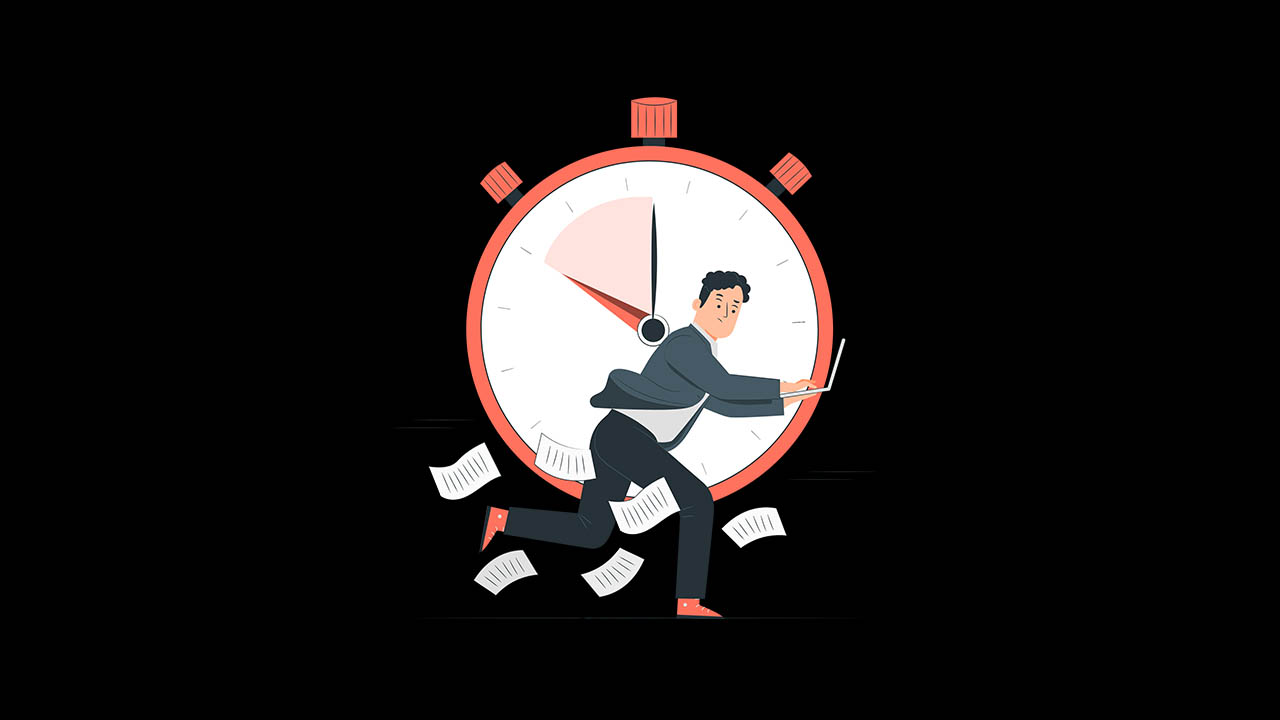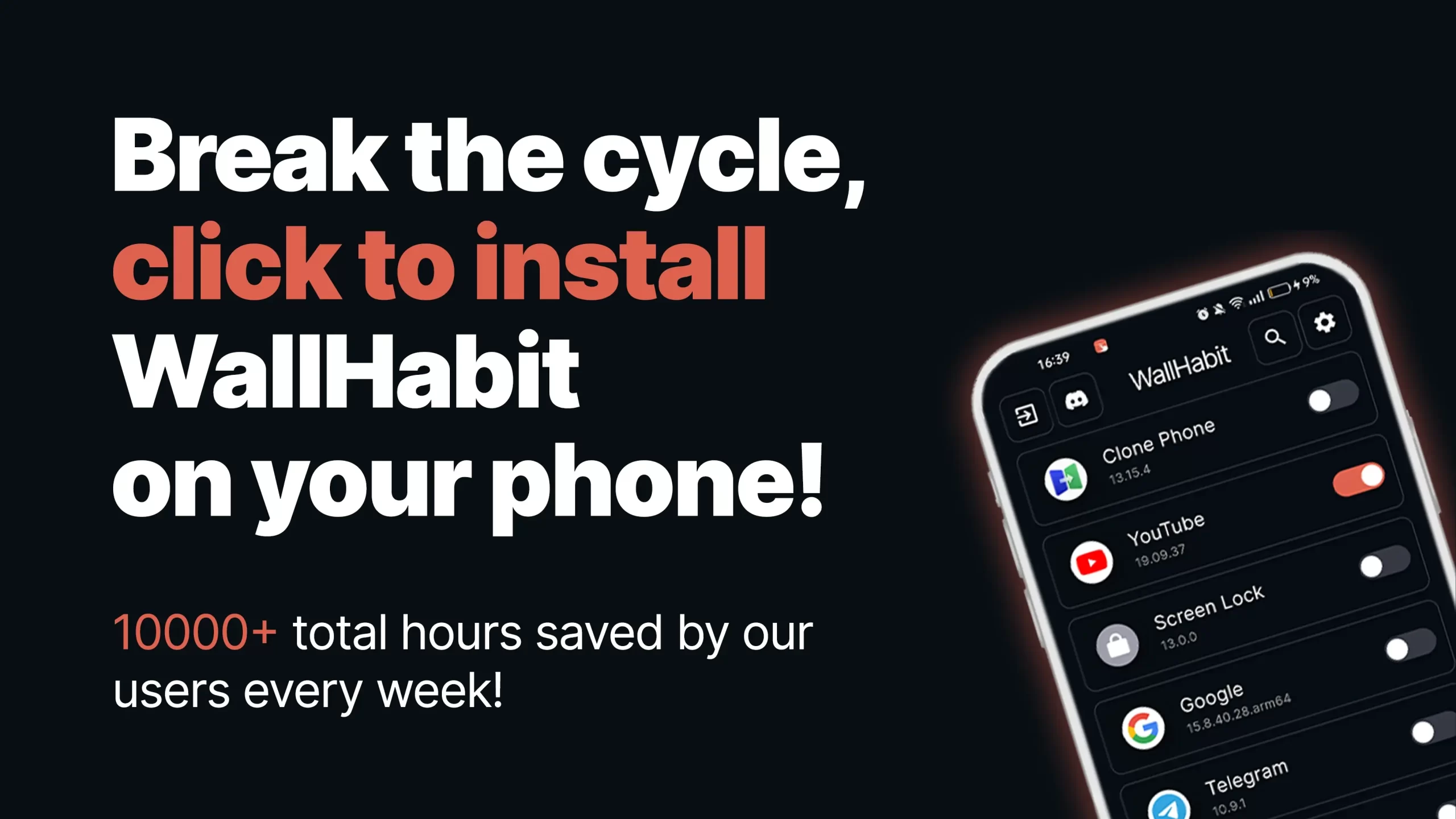In our modern world, screens have become a part of daily life. From work to entertainment, we spend a lot of time looking at screens. While technology is useful, too much screen time can be bad for our health. In this blog post, we’ll explore how to reduce screen time and improve our well-being.
What is a Healthy Screen Time?
Understanding what counts as healthy screen time is the first step to managing it better. The American Academy of Pediatrics suggests that children aged 2 to 5 should have no more than one hour of screen time per day. For older children and adults, there is no one-size-fits-all number, but many experts recommend limiting recreational screen time to around two hours per day.
Excessive screen time can lead to problems like eye strain, headaches, and trouble sleeping. It’s also linked to a sedentary lifestyle, which can cause weight gain and other health issues. By understanding ways to reduce screen time and being mindful of how we use our devices, we can help avoid these problems.
How Can I Decrease My Screen Time?
Reducing screen time may seem challenging, but it’s possible with some practical strategies. Start by setting specific goals for how much time you want to spend on screens each day. Use features on your devices that track your screen time to monitor your progress.
Another effective method to lower screen time is to establish designated “offline” periods during your day. Choose specific times, such as during meals, family gatherings, or leisure activities, where you intentionally refrain from using screens. This practice not only encourages more meaningful interactions with others but also allows you to fully immerse yourself in the present moment without digital distractions.
By setting boundaries around when and where you use screens, you can build a healthier balance between technology and real-life experiences. If you’re wondering how to decrease screen time and make it sustainable, these small, actionable steps are a great place to start.
How to Decrease Your Screen Time Using WallHabit
WallHabit serves as a commitment device with several useful features to help you reduce screen time. It offers a “hold to unlock” function, allowing you to set apps behind a virtual “wall,” making it harder to access them impulsively. Additionally, you can block shorts and reels, helping you stay focused during designated times. These features empower users to regain control over their screen habits by promoting mindful usage and reducing distractions throughout the day.
With WallHabit, you can schedule “no-screen” periods during your day. For example, you might set the app to block social media during work hours or late at night. This helps you stay productive and ensures you get a good night’s sleep. If you’re searching for how to reduce screen time adults, WallHabit’s customizable features provide an excellent solution tailored to the demands of adult users.
3 Activities to Reduce Screen Time
- Exercise: Physical activity is a fantastic way to take a break from screens. Whether it’s a walk in the park, a yoga session, or a gym workout, exercise can refresh your mind and body.
- Reading: Pick up a book or a magazine instead of your phone. Reading is not only enjoyable but also a great way to relax without staring at a screen.
- Hobbies: Engage in activities that don’t involve screens, like cooking, gardening, or painting. These hobbies are fulfilling and effective ways to reduce screen time while bringing creativity and joy into your daily routine.
The Benefits of Reducing Screen Time
Cutting down on screen time can lead to many benefits. One of the most noticeable improvements is better sleep. Screens emit blue light, which can interfere with your sleep cycle. By reducing screen time, especially before bed, you can enjoy deeper and more restful sleep.
Less screen time also means more time for other activities. You can spend more quality time with family and friends, pursue hobbies, or simply relax. This can lead to better mental health and a greater sense of well-being.
Reducing screen time can also improve your physical health. Less time sitting in front of a screen can lower the risk of obesity, cardiovascular disease, and other health problems. If you’re looking for how to reduce screen time adults, shifting to more active, offline activities is one of the best ways to improve overall fitness and health.
Conclusion
Reducing screen time might be a challenge at first, but the benefits make it worthwhile. By understanding how to decrease screen time, setting goals, and finding engaging offline activities, you can significantly cut down on your screen usage. Tools like WallHabit can aid in this journey, making it easier to stick to your limits and enjoy a healthier, more balanced life.
Whether you’re looking for ways to reduce screen time or need tips on how to reduce screen time adults, the key is to start with small changes. Begin today and see the positive changes it brings to your well-being and productivity.

